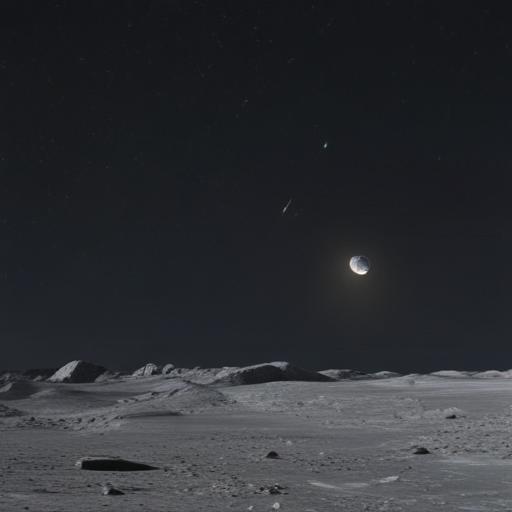The Perseids are back, but this year’s peak show will be dimmer than usual. A full moon coincides with the height of the shower on the night of August 12 into the early hours of August 13, and the bright moonlight will wash out many of the fainter streaks. Even so, patient skywatchers can still catch bright meteors—especially in the predawn hours when the sky is darkest and the radiant is higher.
The Perseids began on July 17 and continue through August 23. Under typical conditions you might spot around 25 meteors per hour, known for their bright fireballs and long, colorful wakes. They are most visible from the Northern Hemisphere. You don’t need any equipment—just a clear, dark sky and time. Aim to watch before dawn if you can, though some meteors can appear as early as 10 p.m.
To improve your odds, settle into a comfortable reclining chair and face north for a wide view of the sky. Give your eyes 20–30 minutes to adjust to the darkness, avoid looking at your phone, and try to get as far from city lights as possible. If the moon feels overpowering, use a building, hill, or tree to block its glare and boost contrast. Be patient—meteors often arrive in bursts, with quiet stretches followed by several in quick succession.
The Perseids originate from debris shed by Comet Swift–Tuttle, a roughly 16-mile-wide comet that takes more than 130 years to loop around the sun. When Earth passes through this dusty trail each summer, tiny particles hit our atmosphere and burn up, creating the streaks we see. During the comet’s last return in 1992, skywatchers saw exceptionally high rates—around 200 meteors per hour—thanks to fresh, dense debris in Earth’s path. Even in less-than-ideal years, the Perseids remain a favorite because warm summer nights make for comfortable viewing compared to the chill of autumn and winter showers.
Logical note: Moonlight brightens the sky background, reducing the number of faint meteors you can see. That means you’ll likely notice only the brighter streaks and fireballs this time. Observed rates also vary with light pollution, clouds, and how wide a swath of sky you can watch.
Hopeful outlook: Despite the full moon, the Perseids can still deliver memorable fireballs, and the long viewing window gives multiple chances. Try watching on several nights around the peak; even if the official peak is moonlit, you may still catch plenty of bright meteors on adjacent dates when skies or timing line up better for you.
Summary: The Perseids peak overnight August 12–13, but a full moon will mute the show. Look from dark locations in the Northern Hemisphere, preferably before dawn, and expect mostly brighter meteors. Be comfortable, block the moon’s glare, and be patient—meteors often come in bursts. The shower’s source is Comet Swift–Tuttle, whose debris sparks this popular summer sky event each year.
